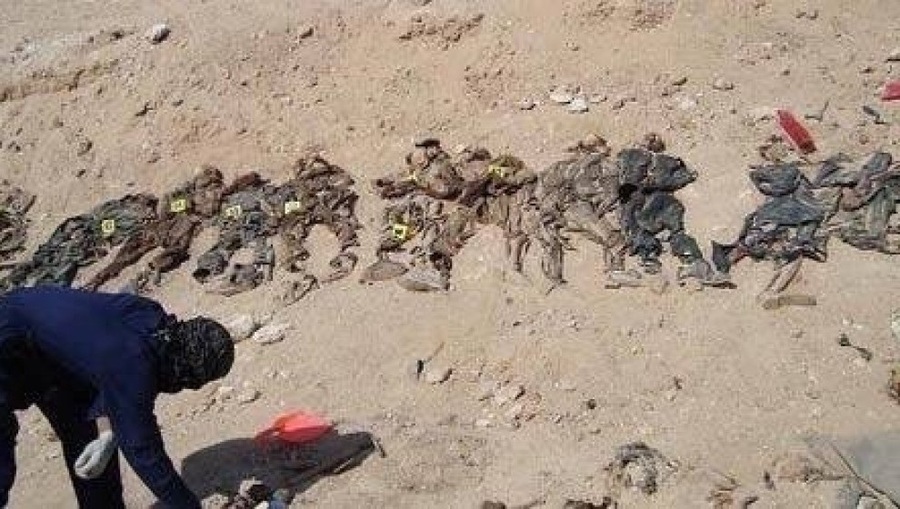The ways of dealing with disasters vary greatly from society to society, culture to culture, and geography to geography. The Anfal tragedy and the series of tragedies that took place before and after Anfal in the southern part of Kurdistan were so shocking and sad that Kurdish cultural activists, writers, and politicians after they came to power, could make this tragedy the basis of hundreds of political discussions and literary works; however, Anfal is still used as a repeated word in the Kurdish media. According to many of those who speak about the current situation of the Kurds, this tragic event has become normal for the Kurdish individual. No nation should forget such tragedies, but should make a proper place for them in its educational, artistic, and cultural plans for the new generation not to forget the great mass of national suffering and on the other hand, to prevent a similar tragedy from happening. A tragedy in which both Kurds and humanity felt the pain.
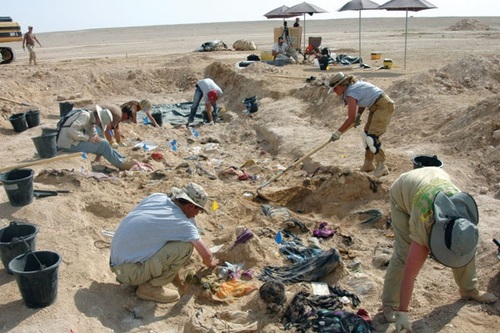
There are two terms in sociology called "old society" and "short-term society". Both terms refer to a kind of society with some differences, of course. In the first society, that is, the old society, everything is based on the previous principles and measurements, and often these principles are forgotten and another strange experience emerges again and again without using old experiences. Therefore, the society is short term and all its plans are for twenty to thirty years and there is no plan for the future.
A successful society has long term plans in all aspects. If Kurdish society had not been a short time, Anfal would not become normal for Kurds after thirty years, which targeted every phenomenon of their lives, and every year, as a routine, they remember it and nothing else. In other words, this tragedy is so inhuman that the Kurds must always remember it and recall it for the world and their enemies. On the other hand, this tragedy had the potential to be used by the Kurdish people as a proof of justification for their struggle, revolution, freedom, and even a proof of their demand for independence. But the truth is that neither Kurdish politicians nor Kurdish artists have been able to adapt Anfal with all its dark and frightening twists and turns to the framework of art and literature and aware the world about it.
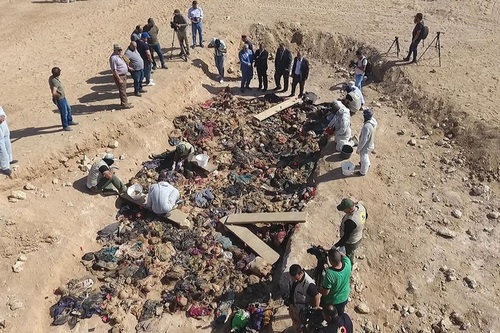
Aref Ghorbani has published several works on Anfal and even translated them into Persian. This attempt is a valuable attempt to document the crimes against the Kurds, which have been published in four books entitled "Travelers of Death" and a separate book entitled "The One Who Came Back from the Grave". If "The One Who Came Back from the Grave" had been accompanied by a proper, scientific introduction, and political analysis, it could have been translated into all the living languages of the world so that the world could understand the depth of the Anfal tragedy.
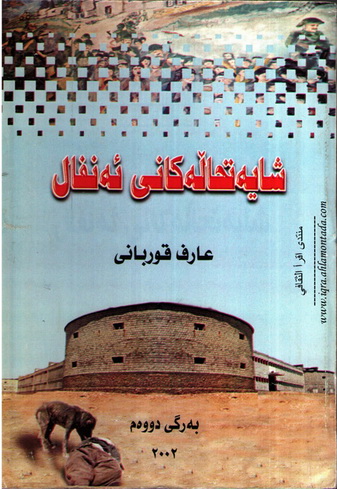
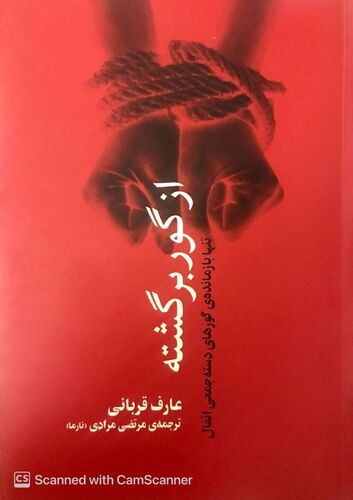
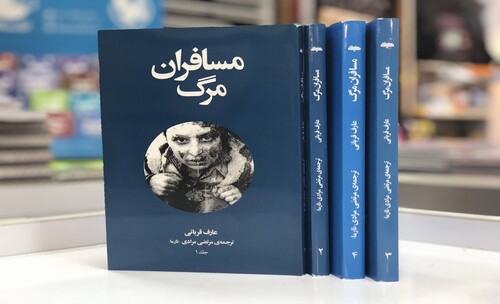
Obviously, similar tragedies have occurred in other countries. The most obvious of these are the tragedies that befell "Black Americans" during slavery. Then the "wars of the south and the north" happened. These tragedies have become the basis for many powerful works of art and have been looked at worldwide. For example, Margaret Mitchell's film and novel "Gone with the Wind" is one of the best works of art that has been read and seen in the world.
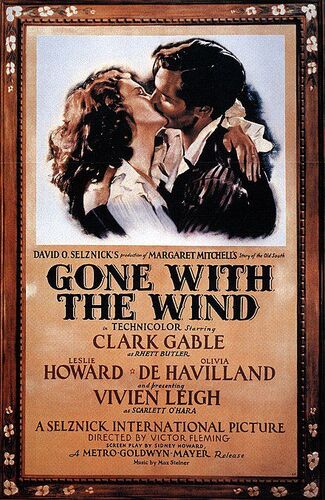
Hundreds of thousands of philosophical articles, books, stories, essays, poems, and films have been produced about the tragedies that befell the Jews from before World War I to the Auschwitz process and to the end.
The tragedy that occurred in Rwanda between the barbarians of the Hutu and Tutsi tribes in the film "Hotel Rwanda" we see the reaction of the artistic recording of that tragedy. Yet, not a single film or novel has been produced about Anfal by Kurds or non-Kurds.
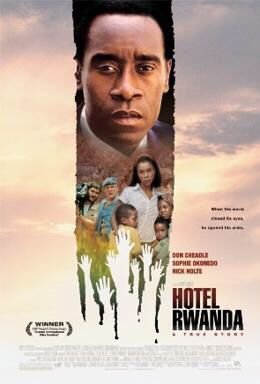
"The One Who Came Back from the Grave" has the energy to become the basis for the best film ever seen in the world. It should become the cornerstone of a new way of looking at Anfal, to repeat itself from this stereotypical situation and once again both the world to understand the depth of a tragedy that occurred to the Kurds and the Kurds to remember what death and misery they went through. In the book, Taymur is the only boy who managed to escape from the graves of Anfal and miraculously survived. Taymur's narrative moment-by-moment and step-by-step of the Anfal operation explains many political issues in the book. One of the most important of these issues is that a process such as Anfal falls within the meaning of “genocide” or ethnic cleansing. Political science thinkers have defined genocide differently in different books, but they agree on many points that bring them all together; such as the events in a country that can be called genocide.
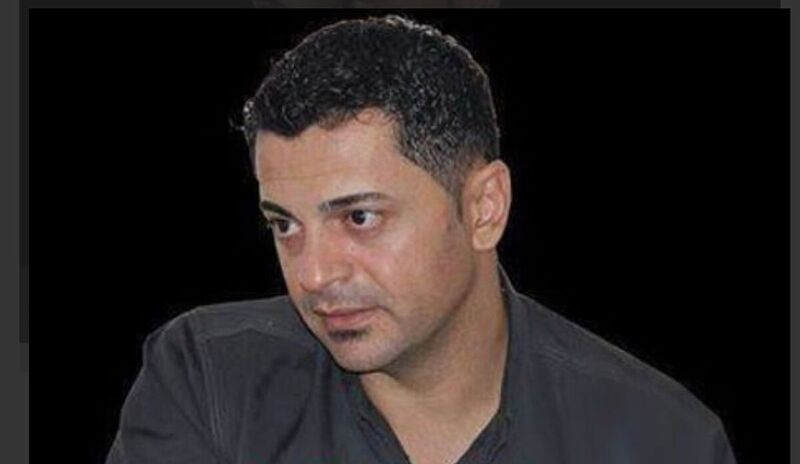
Taymur: The only child of Anfal
Step by step, Taymur is drawing up a plan called ethnic cleansing and genocide in Kurdistan. In other words, we can combine Taymur's narrative with the definition and characteristics of genocide and then convince Kurdish and non-Kurdish readers and voices that ethnic cleansing in every sense was carried out in the southern part of Kurdistan by the central Iraqi government.

